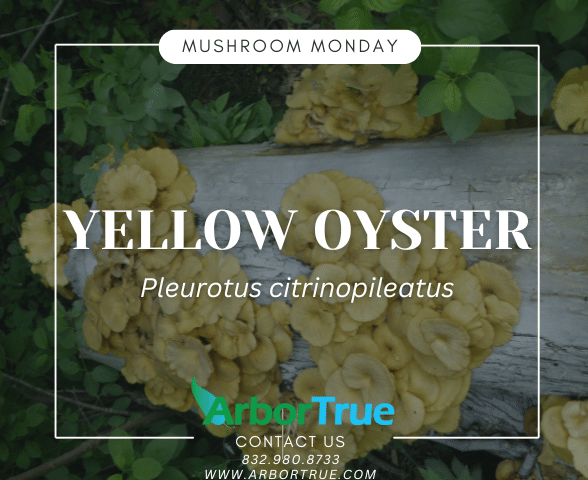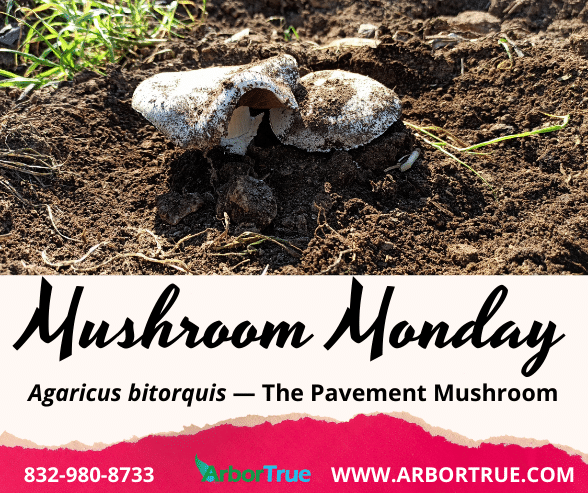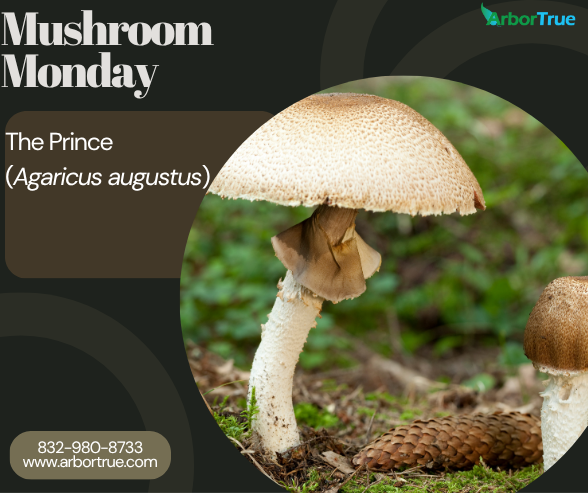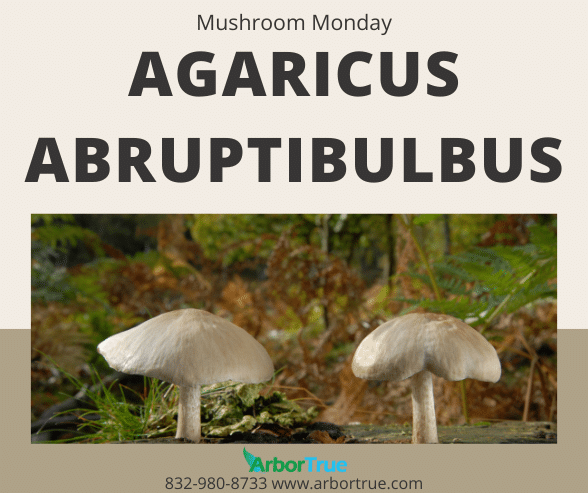
Finding the Right Tree for Your Houston Landscape
January 31, 2025
American Crows: Anything But Ordinary
February 5, 2025
Mushroom Monday: A Tale of Naturalization – The Yellow Oyster Mushroom (Pleurotus citrinopileatus)
In the dynamic world of forest fungi, Pleurotus citrinopileatus presents an interesting story of establishment in North American forests. Native to eastern Asia, including Japan, China, and Russia, this distinctive mushroom has become increasingly common in North American hardwood forests, particularly throughout the Great Lakes states.
Origins and Journey
Originally described from southeastern Russia in 1943, Pleurotus citrinopileatus naturally occurs in temperate forests of eastern Asia. While cultivation has played a role in its introduction to new areas, the species has likely spread through multiple pathways, including natural spore dispersal and accidental introduction, demonstrating the complex ways fungi can establish in new territories.
Successful Adaptation
In North American environments, Pleurotus citrinopileatus has adapted well to temperate forest conditions where specific environmental factors support its growth. The species thrives in areas with adequate moisture and moderate temperatures. Its success as a decomposer comes from its powerful enzymatic system that can break down lignin, one of the toughest components of woody plant material. This ability to degrade complex wood structures allows the fungus to access nutrients and establish itself effectively on various hardwood species.
Identification in Our Landscape
Look for distinctive clusters of bright to medium yellow caps, each measuring 3-8 centimeters across. The caps may sometimes display a central depression, and their color typically fades from deeper yellow toward lighter edges. The gills run down the stem (decurrent), though this characteristic may be less obvious in younger specimens. These mushrooms emerge in clusters on dead or dying hardwood, creating noticeable displays throughout their growing season.
Ecological Role
As a saprobic fungus, Pleurotus citrinopileatus plays a crucial role in decomposing dead wood material through its lignin-degrading capabilities. This enzymatic process helps break down tough plant materials, contributing to nutrient cycling in forest ecosystems and supporting forest regeneration. Importantly, this fungus primarily targets decaying wood and typically does not harm healthy trees.
Current Distribution
While found from Iowa to New York through the Great Lakes states, Pleurotus citrinopileatus shows a patchy distribution pattern influenced by local conditions. It appears more frequently in moist forest environments with ample hardwood resources. The species’ success in any given area depends on specific environmental conditions, including adequate moisture, suitable temperatures, and the presence of appropriate woody substrates.
Management Implications
For property owners and land managers, the presence of Pleurotus citrinopileatus typically indicates natural decomposition processes. While these fungi primarily colonize dead or declining wood, their presence on living trees doesn’t always signal immediate concern. However, if found on living trees, consultation with an arborist can help assess the tree’s condition and determine appropriate management strategies.
Understanding the establishment of species like Pleurotus citrinopileatus helps us better comprehend forest dynamics and the ongoing changes in our local ecosystems. As we observe these bright yellow clusters on hardwood logs and stumps, we witness not just a mushroom, but a story of successful adaptation and integration into North American forest communities.
If you found this information about Pleurotus citrinopileatus interesting, check out our other posts on our TrueTreeTalk blog. Follow us on Facebook to keep up with these and other posts. Check out our list of blog posts grouped by topic for more to read.
* * *
ArborTrue is a science-based tree service company in the greater Houston area. We also serve Austin and other parts of Central Texas. We provide a range of services including tree trimming, tree pruning, tree removal, tree planting, arborist consultations, and more. Call us today at 832-980-8733 (Houston) or at 512-546-3833 (Austin) or reach out to us online to schedule an appointment.




